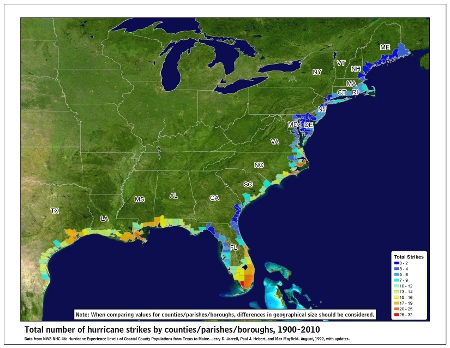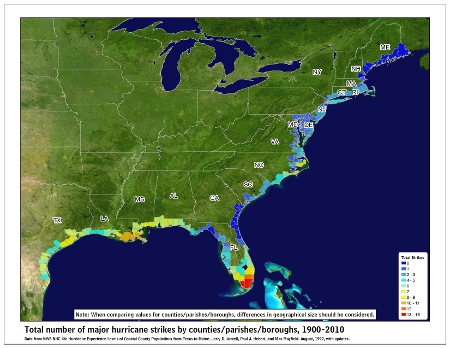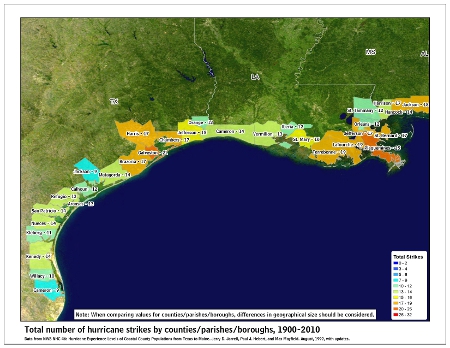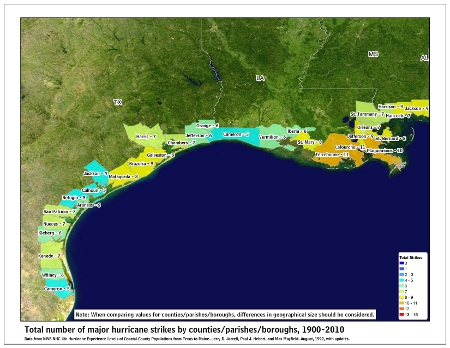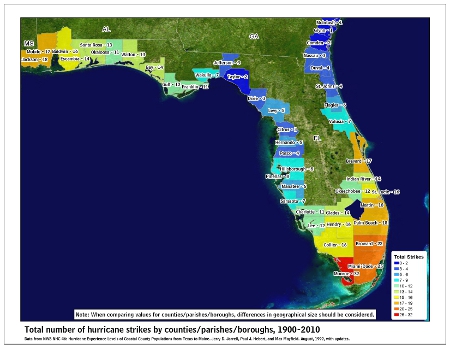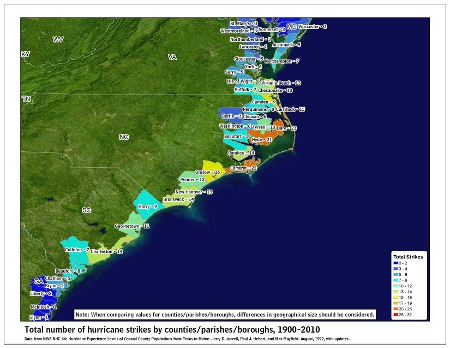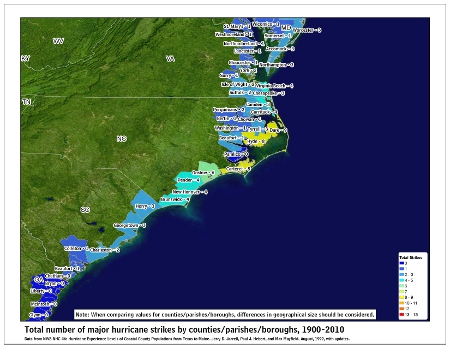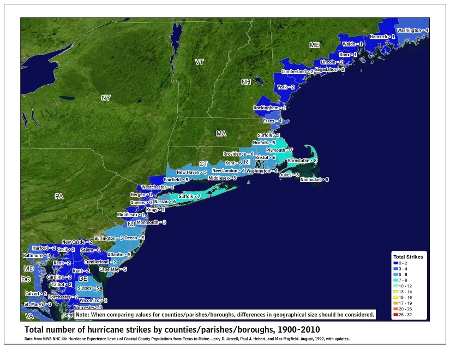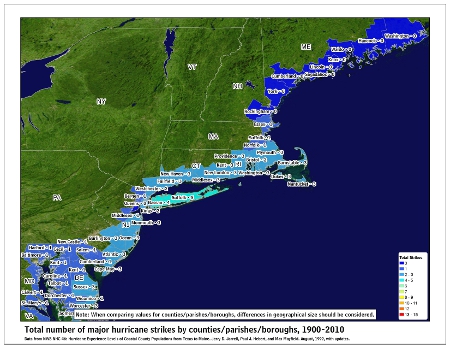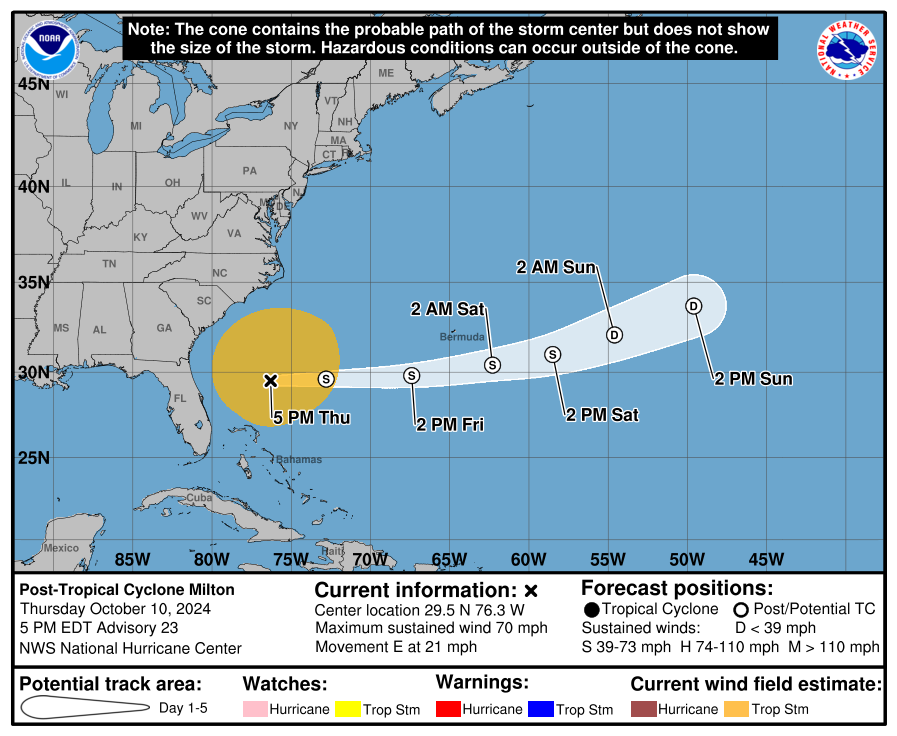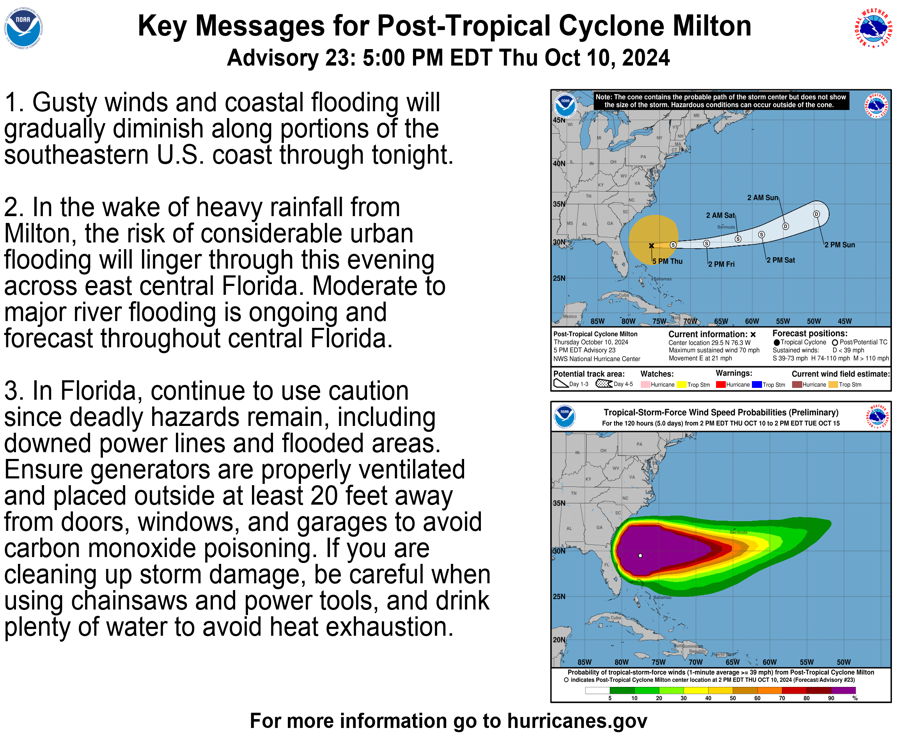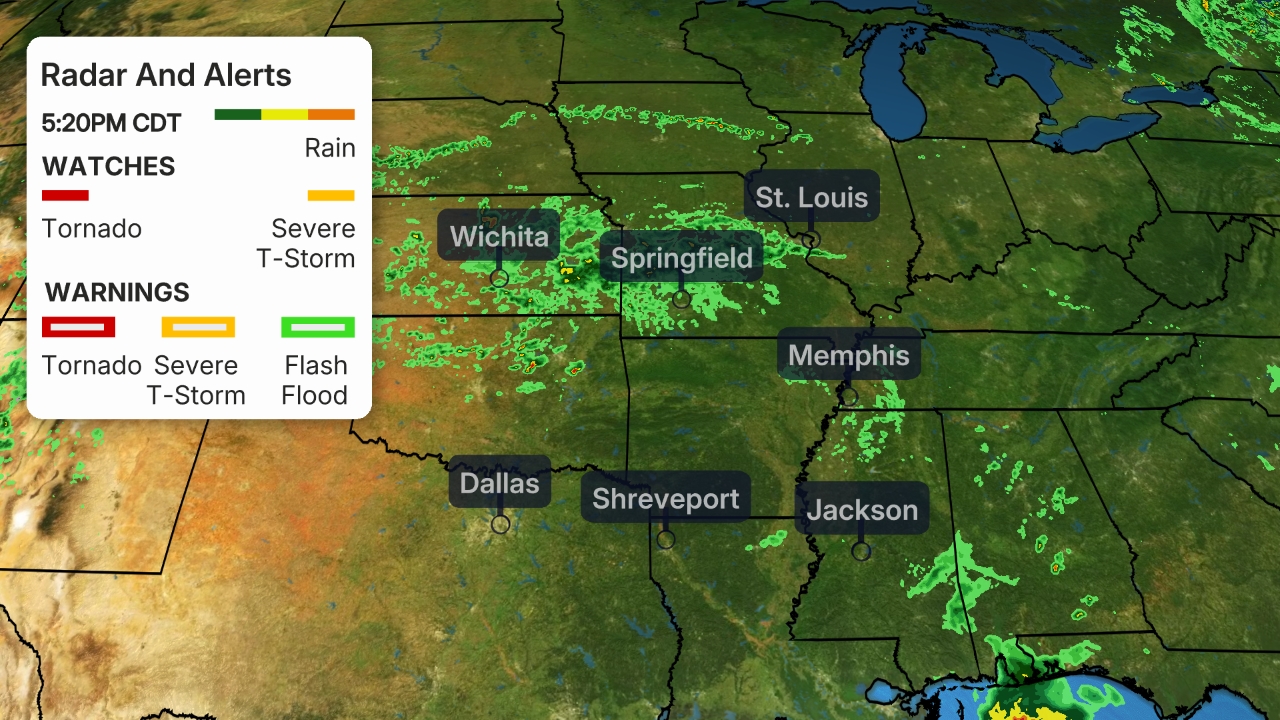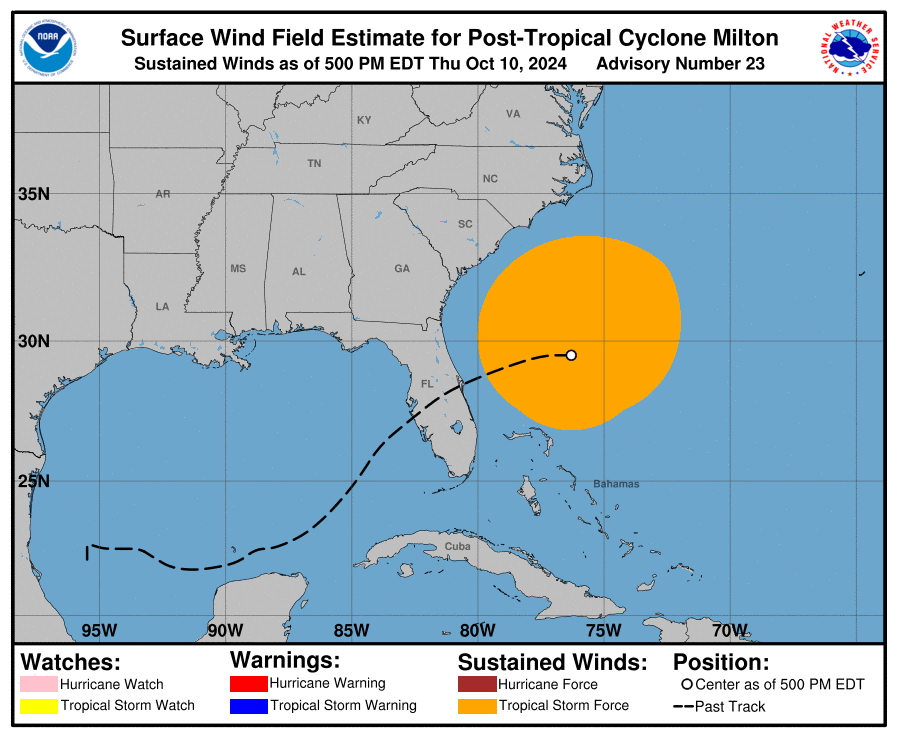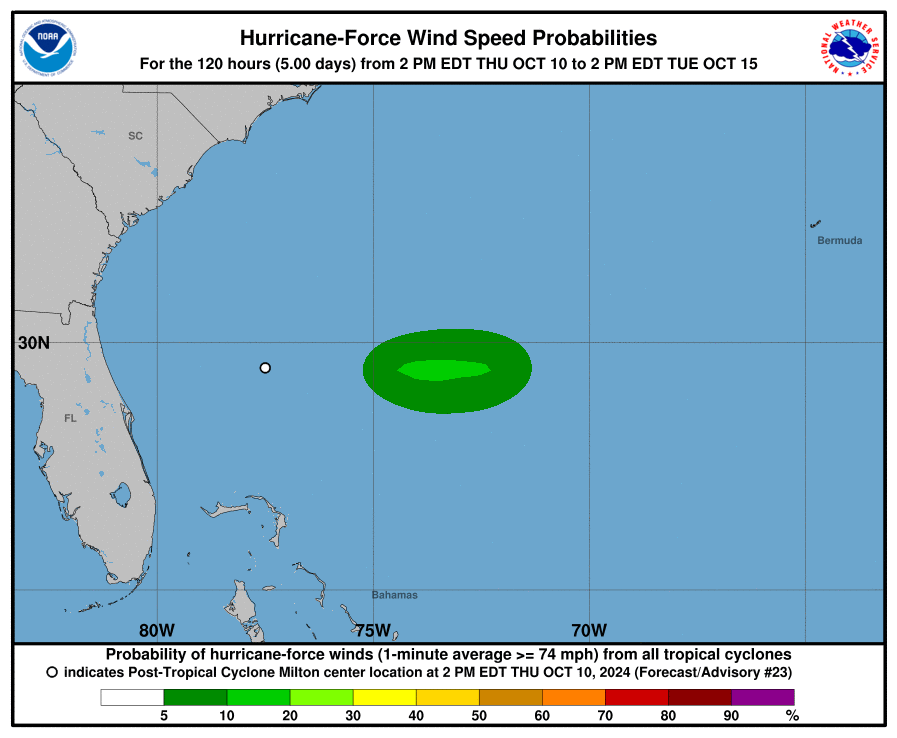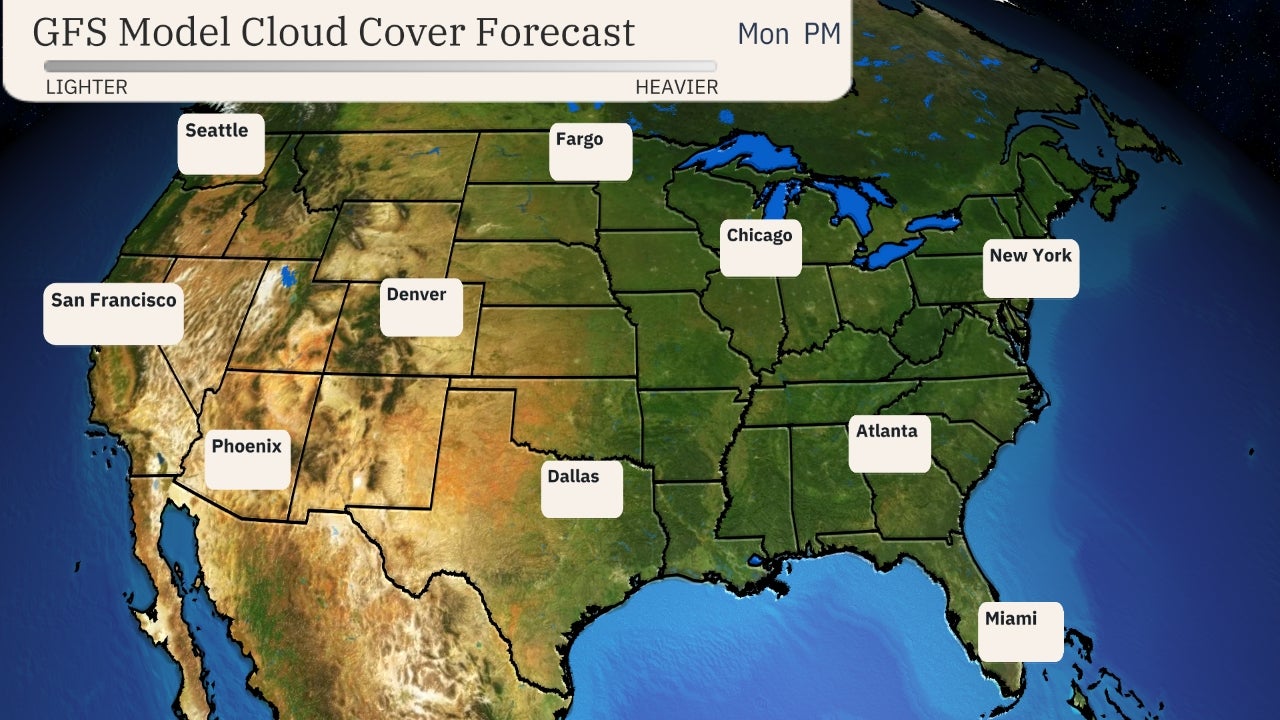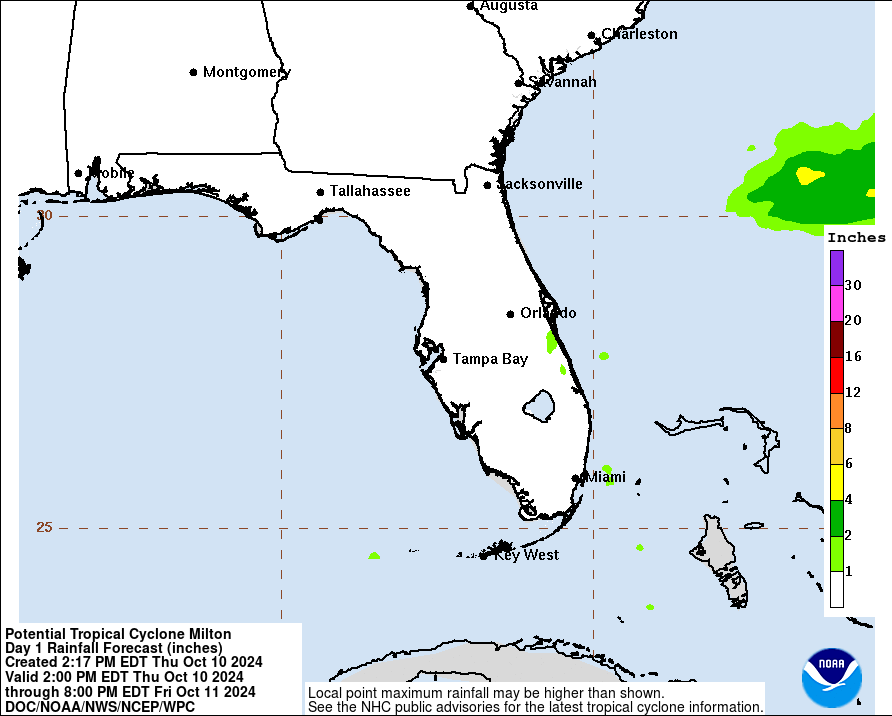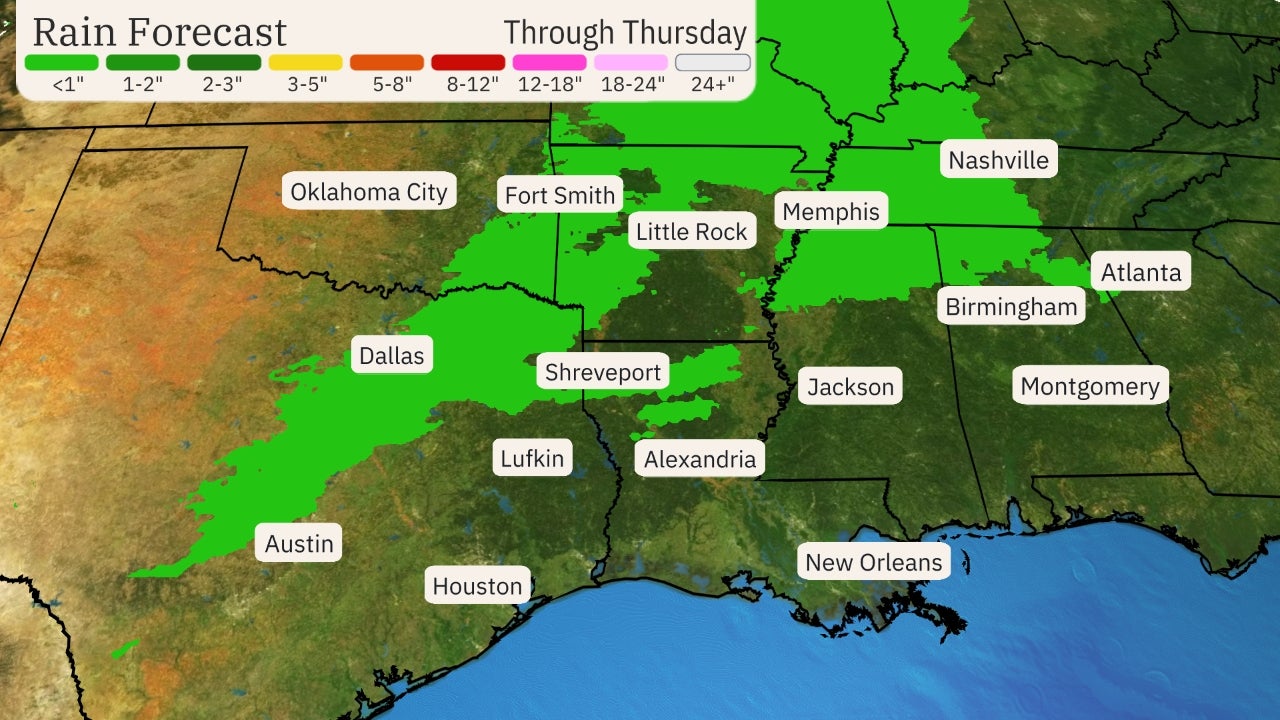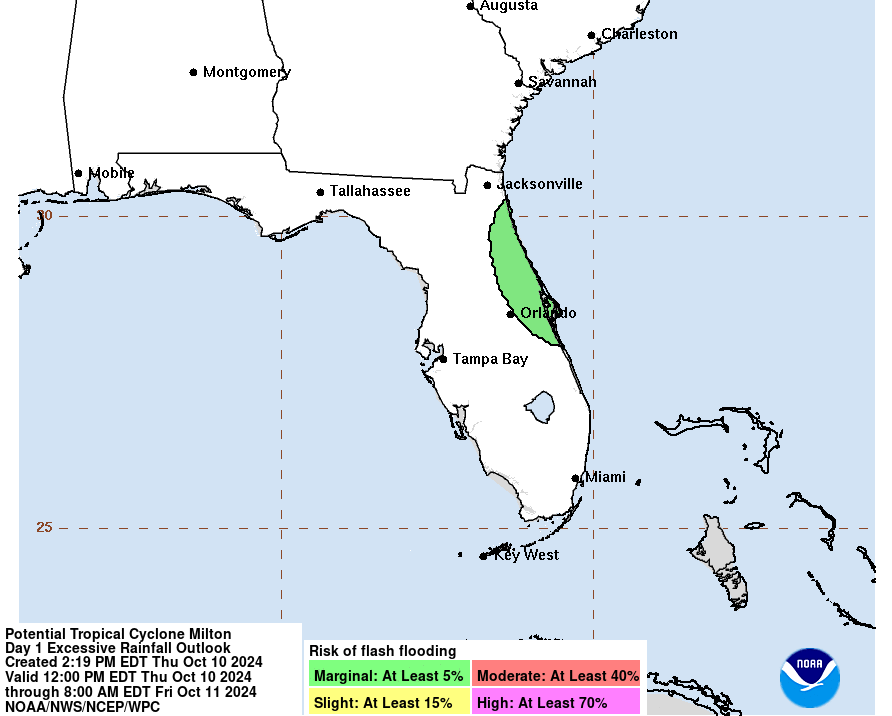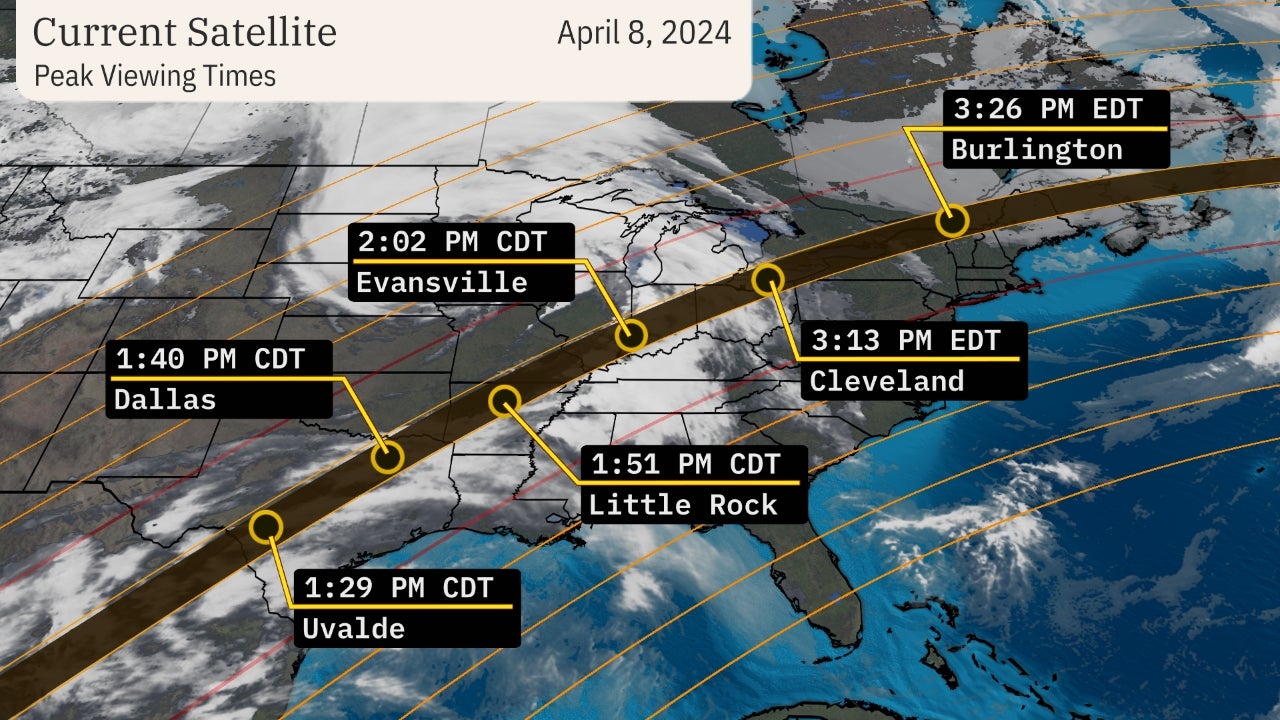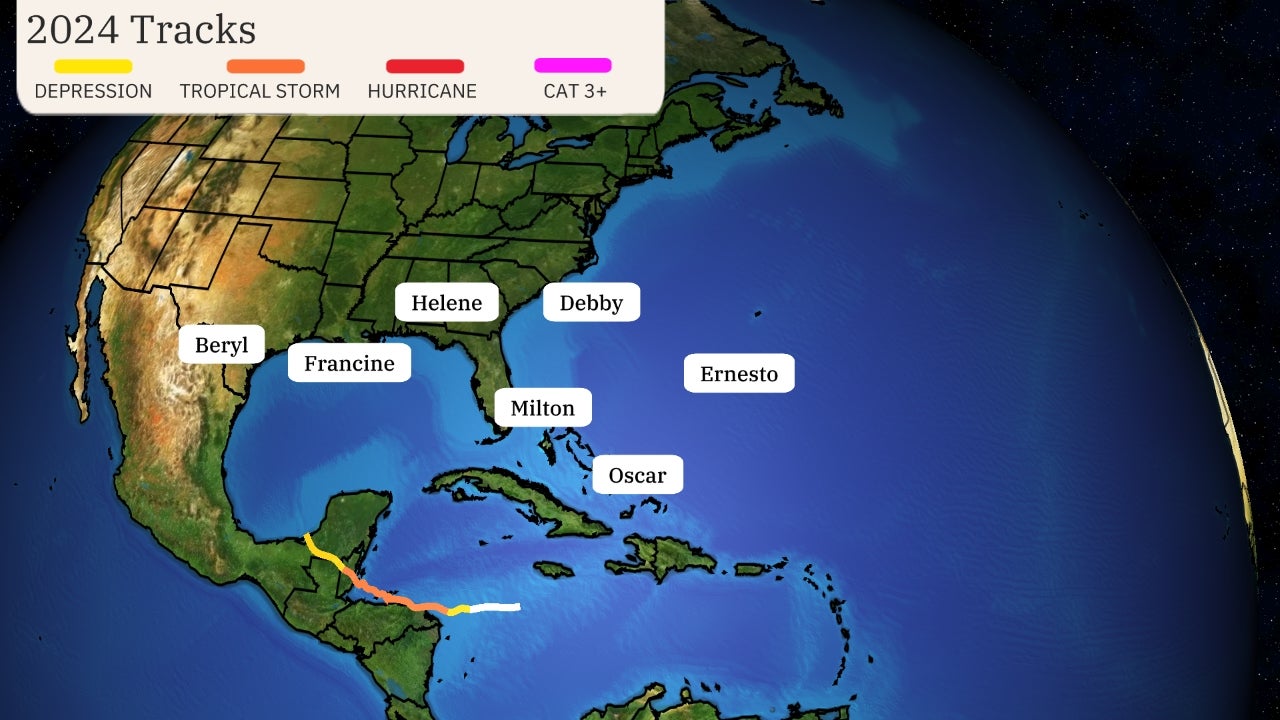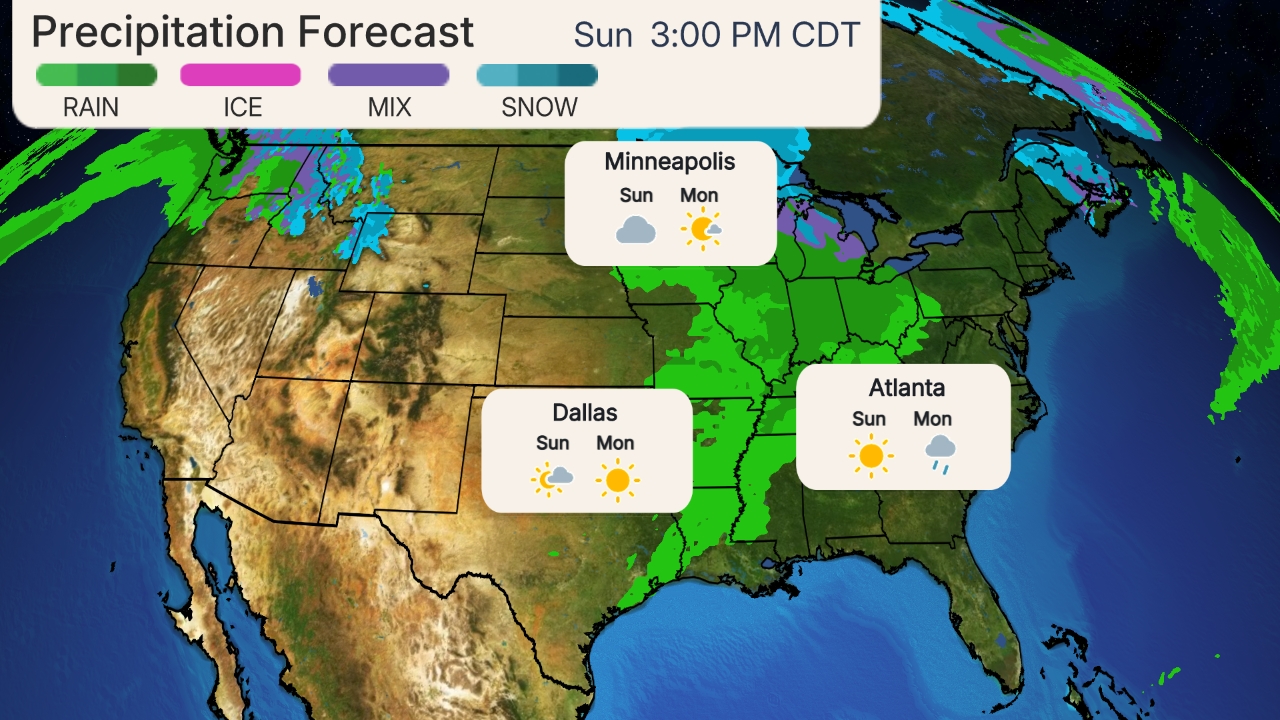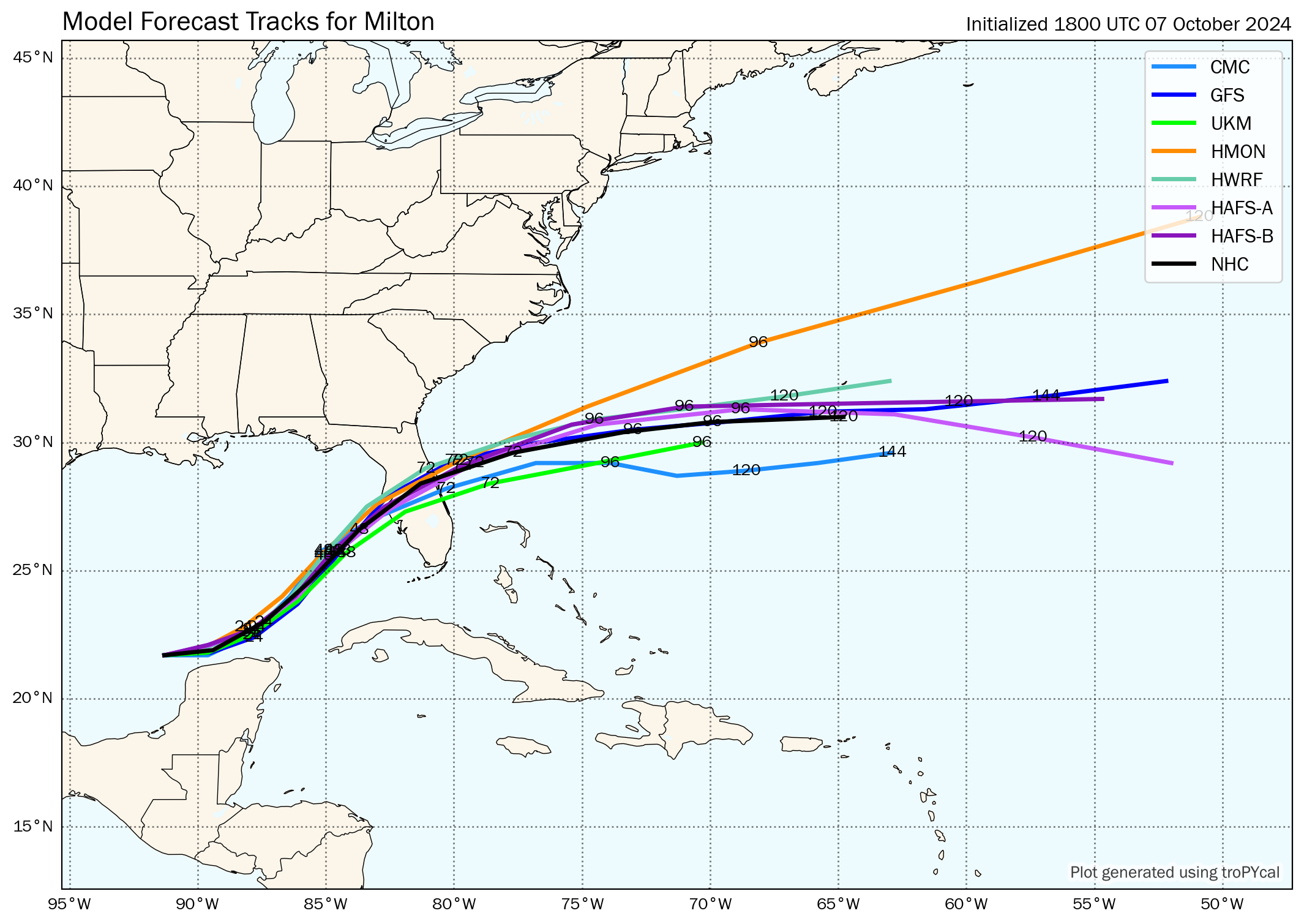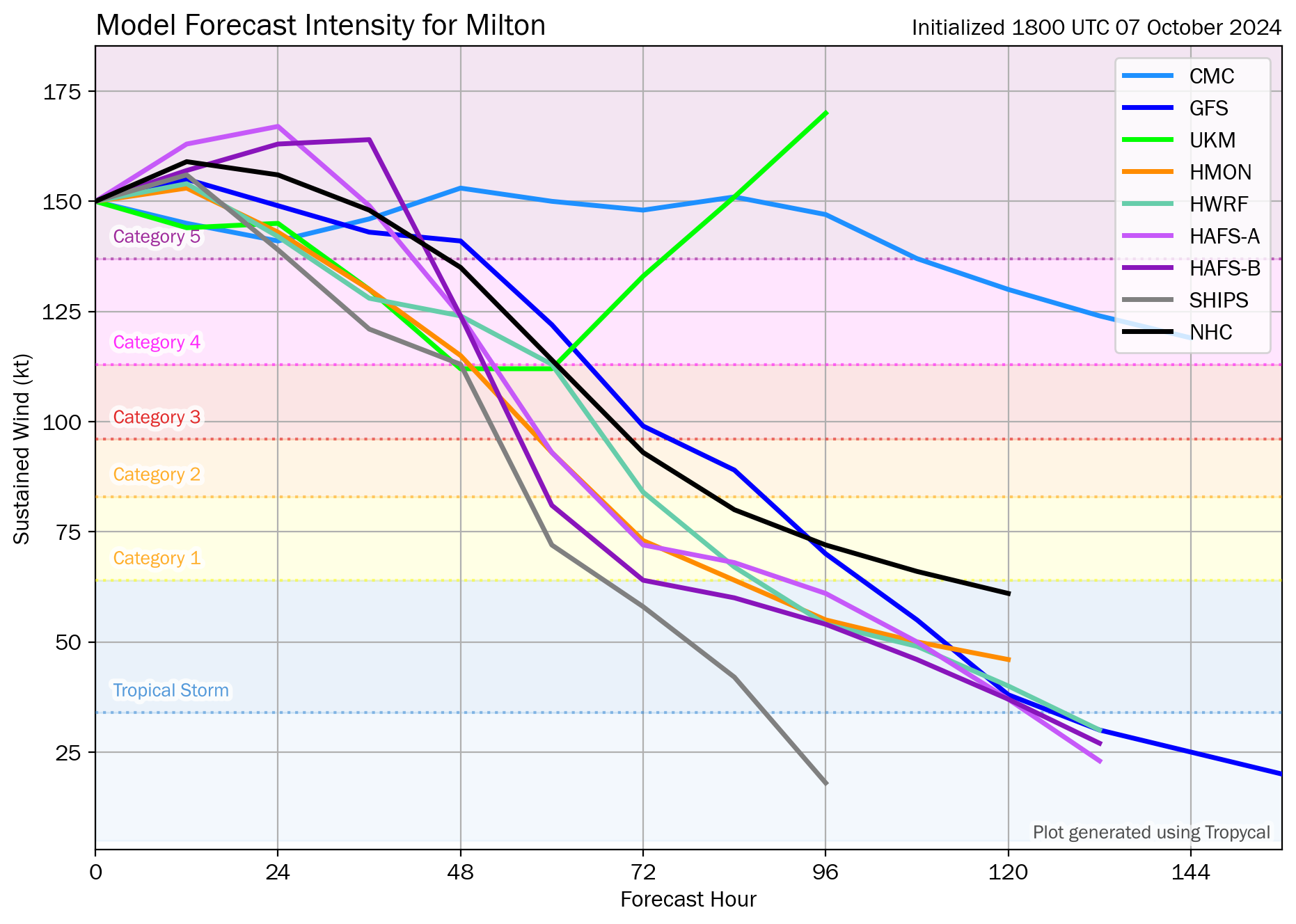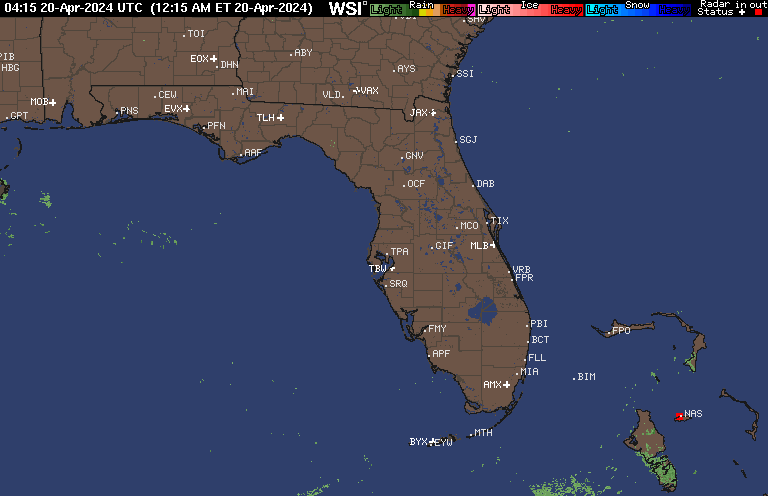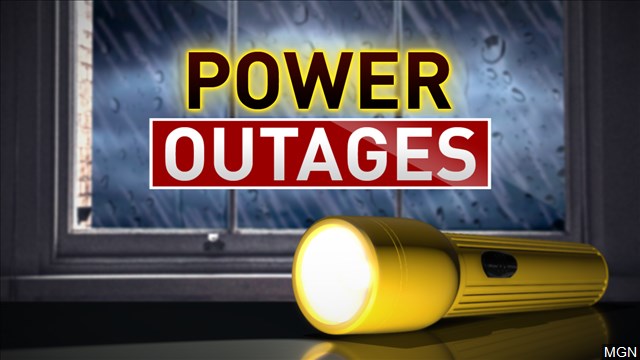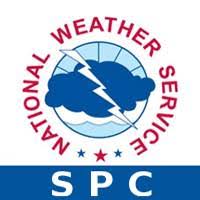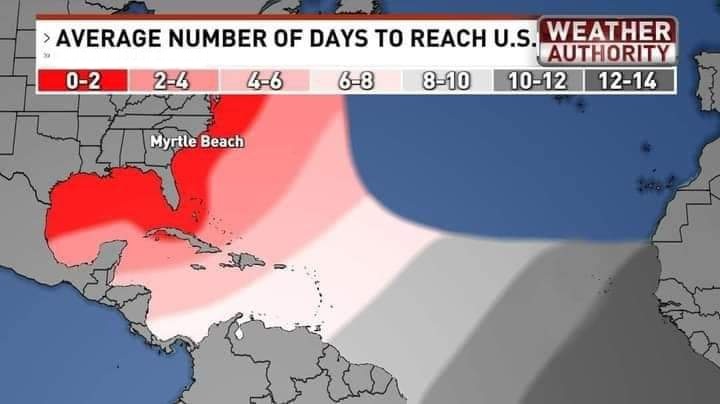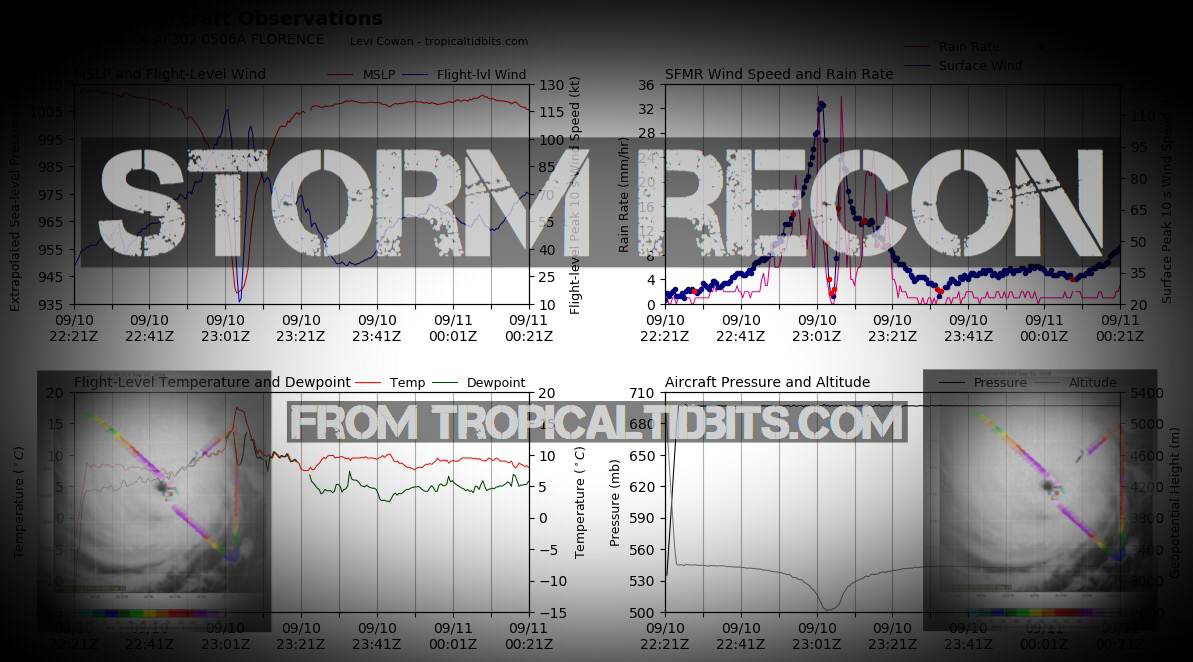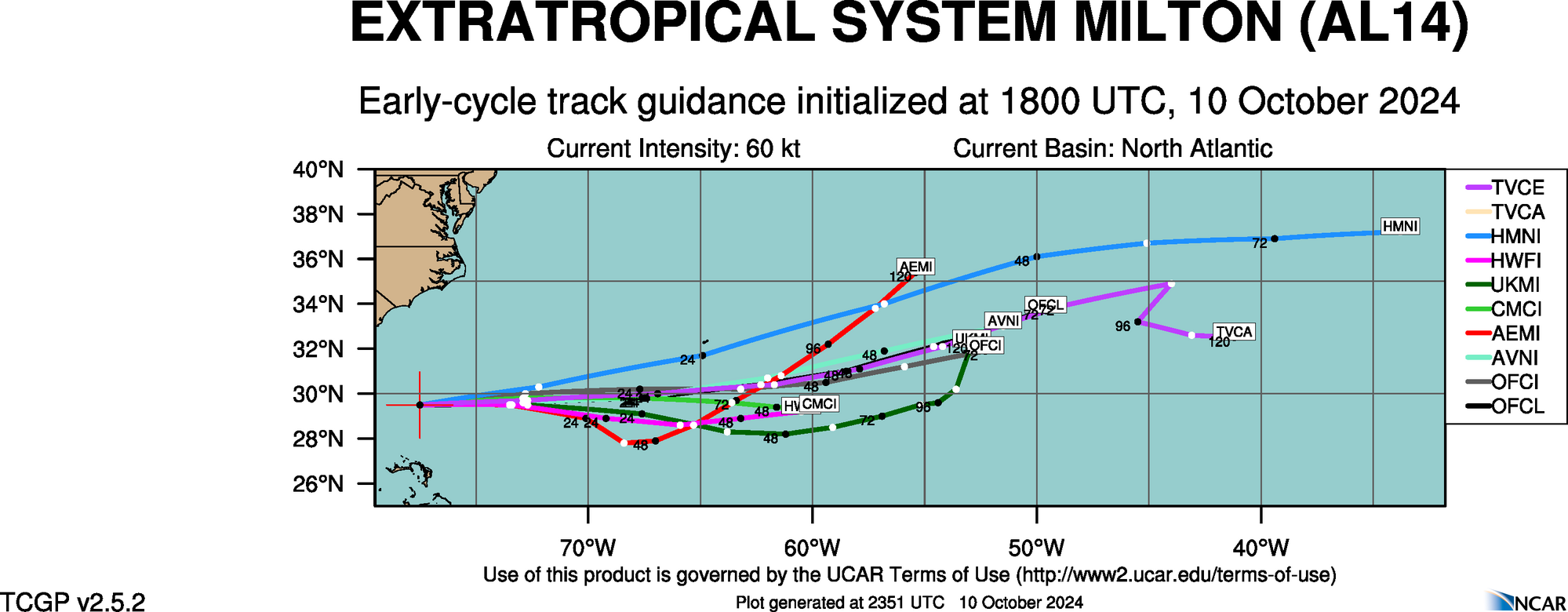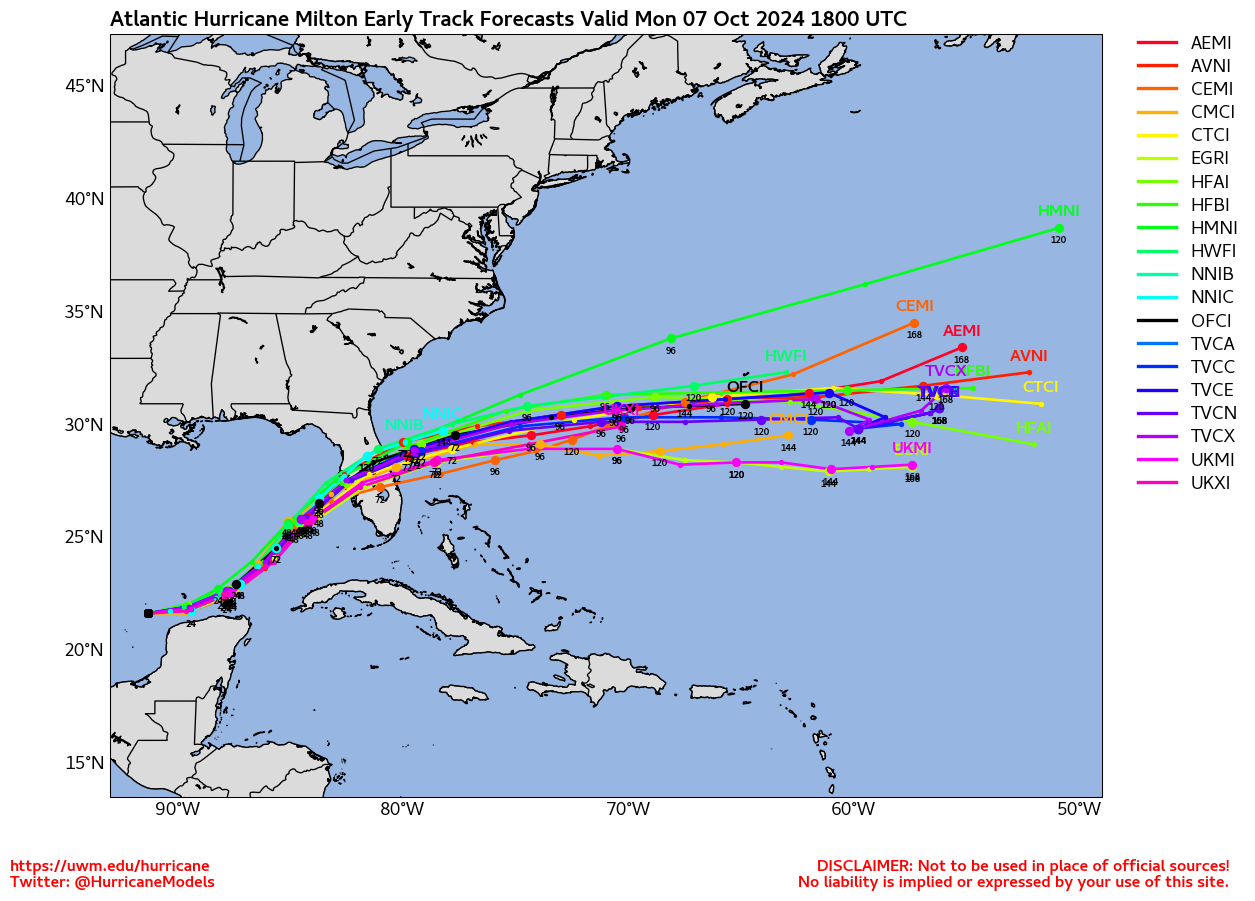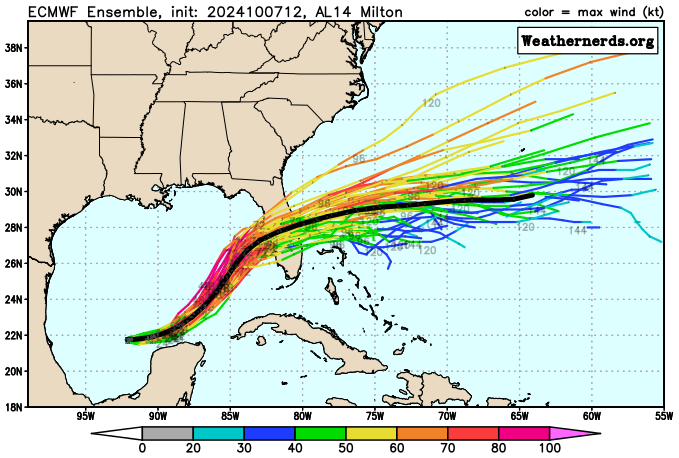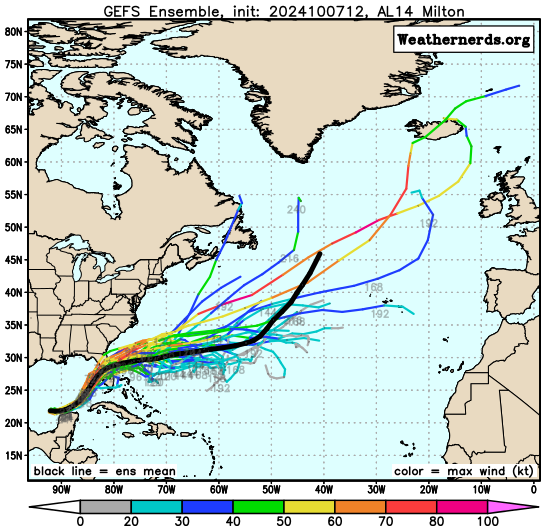NOAA NESDIS Floaters



Other Floaters:
WeatherNerds - NRL Floaters - CyclonicWx - RAMMB Sat - RAMMB Model Data - RAMMB Wind Products



Other Floaters:
WeatherNerds - NRL Floaters - CyclonicWx - RAMMB Sat - RAMMB Model Data - RAMMB Wind Products
NHC Important Links:
NHC Discussion / Public Advisory
Forecast Advisory / Wind Probs
NWS Local / US Watch/Warning
NHC Graphics / Storm Archive
Storm Tracking Important Links: Wind Analysis / Coastal Inundation
Tide Information / Surge Potential
Coastal Risk Map / Microwave Imagery
Dvorak ADT / GOES16 Satellite
FSU Track Probability / Navy NRL
HFIP / Tropical Atlantic Storm Page
NCAR Guidance / CyclonicWX Tracker
CIMSS Tracker/ UWM Tracker
NHC Discussion / Public Advisory
Forecast Advisory / Wind Probs
NWS Local / US Watch/Warning
NHC Graphics / Storm Archive
Storm Tracking Important Links: Wind Analysis / Coastal Inundation
Tide Information / Surge Potential
Coastal Risk Map / Microwave Imagery
Dvorak ADT / GOES16 Satellite
FSU Track Probability / Navy NRL
HFIP / Tropical Atlantic Storm Page
NCAR Guidance / CyclonicWX Tracker
CIMSS Tracker/ UWM Tracker
- Mon, 18 Nov 2024 08:30:54 +0000: Atlantic Remnants Of Sara Advisory Number 19 - Atlantic Remnants Of Sara Advisory Number 19
000
WTNT34 KNHC 180830
TCPAT4
BULLETIN
Remnants Of Sara Advisory Number 19
NWS National Hurricane Center Miami FL AL192024
300 AM CST Mon Nov 18 2024
...SARA DISSIPATES...
...THIS IS THE LAST NHC ADVISORY...
SUMMARY OF 300 AM CST...0900 UTC...INFORMATION
----------------------------------------------
LOCATION...19.0N 91.5W
ABOUT 90 MI...145 KM SW OF CAMPECHE MEXICO
MAXIMUM SUSTAINED WINDS...30 MPH...45 KM/H
PRESENT MOVEMENT...NW OR 310 DEGREES AT 13 MPH...20 KM/H
MINIMUM CENTRAL PRESSURE...1005 MB...29.68 INCHES
WATCHES AND WARNINGS
--------------------
There are no coastal watches or warnings in effect.
DISCUSSION AND OUTLOOK
----------------------
At 300 AM CST (0900 UTC), the remnants of Sara were located near
latitude 19.0 North, longitude 91.5 West. The remnants are moving
toward the northwest near 13 mph (20 km/h).
Maximum sustained winds are near 30 mph (45 km/h) with higher gusts.
The estimated minimum central pressure is 1005 mb (29.68 inches).
HAZARDS AFFECTING LAND
----------------------
RAINFALL: Additional rainfall amounts of 1 to 3 inches are expected
over northern Honduras, with storm total amounts locally as high as
40 inches. The risk of catastrophic and life-threatening flooding
impacts will continue, especially along and near the Sierra La
Esperanza.
Across portions of Belize, El Salvador, eastern Guatemala, western
Nicaragua, and the Mexican State of Quintana Roo, the remnants of
Sara are expected to produce an additional 3 to 5 inches of rain
with localized storm totals around 15 inches. This will result in
areas of flash flooding, perhaps significant, along with the
potential of mudslides.
For a complete depiction of forecast rainfall associated with
Sara, please see the National Weather Service Storm Total Rainfall
Graphic, available at
hurricanes.gov/refresh/graphics_at4+shtml/205755.shtml?
rainqpf#contents
NEXT ADVISORY
-------------
This is the last public advisory issued by the National Hurricane
Center on Sara.
$$
Forecaster Cangialosi
- Mon, 18 Nov 2024 08:30:54 +0000: Atlantic Remnants of SARA Forecast/Advisory Number... - Atlantic Remnants of SARA Forecast/Advisory Number 19 NWS NATIONAL Hurricane CENTER MIAMI FL AL192024 0900 UTC MON NOV 18 2024 REMNANTS OF CENTER LOCATED NEAR 19.0N 91.5W AT 18/0900Z POSITION ACCURATE WITHIN 30 NM PRESENT MOVEMENT TOWARD THE NORTHWEST OR 310 DEGREES AT 11 KT ESTIMATED MINIMUM CENTRAL PRESSURE 1005 MB MAX SUSTAINED WINDS 25 KT WITH GUSTS TO 35 KT. WINDS AND SEAS VARY GREATLY IN EACH QUADRANT. RADII IN NAUTICAL MILES ARE THE LARGEST RADII EXPECTED ANYWHERE IN THAT QUADRANT. REPEAT...CENTER LOCATED NEAR 19.0N 91.5W AT 18/0900Z AT 18/0600Z CENTER WAS LOCATED NEAR 18.5N 91.1W FORECAST VALID 18/1800Z...DISSIPATED REQUEST FOR 3 HOURLY SHIP REPORTS WITHIN 300 MILES OF 19.0N 91.5W THIS IS THE LAST FORECAST/Advisory ISSUED BY THE NATIONAL HURRICANE CENTER ON SARA $$ FORECASTER CANGIALOSI
000
WTNT24 KNHC 180830
TCMAT4
REMNANTS OF SARA FORECAST/ADVISORY NUMBER 19
NWS NATIONAL HURRICANE CENTER MIAMI FL AL192024
0900 UTC MON NOV 18 2024
REMNANTS OF CENTER LOCATED NEAR 19.0N 91.5W AT 18/0900Z
POSITION ACCURATE WITHIN 30 NM
PRESENT MOVEMENT TOWARD THE NORTHWEST OR 310 DEGREES AT 11 KT
ESTIMATED MINIMUM CENTRAL PRESSURE 1005 MB
MAX SUSTAINED WINDS 25 KT WITH GUSTS TO 35 KT.
WINDS AND SEAS VARY GREATLY IN EACH QUADRANT. RADII IN NAUTICAL
MILES ARE THE LARGEST RADII EXPECTED ANYWHERE IN THAT QUADRANT.
REPEAT...CENTER LOCATED NEAR 19.0N 91.5W AT 18/0900Z
AT 18/0600Z CENTER WAS LOCATED NEAR 18.5N 91.1W
FORECAST VALID 18/1800Z...DISSIPATED
REQUEST FOR 3 HOURLY SHIP REPORTS WITHIN 300 MILES OF 19.0N 91.5W
THIS IS THE LAST FORECAST/ADVISORY ISSUED BY THE NATIONAL HURRICANE
CENTER ON SARA
$$
FORECASTER CANGIALOSI
- Mon, 18 Nov 2024 08:31:58 +0000: Atlantic Remnants Of Sara Discussion Number 19 - Atlantic Remnants Of Sara Discussion Number 19
000
WTNT44 KNHC 180831
TCDAT4
Remnants Of Sara Discussion Number 19
NWS National Hurricane Center Miami FL AL192024
300 AM CST Mon Nov 18 2024
Satellite images and surface observations indicate that Sara no
longer has a well organized circulation, and therefore has
degenerated into a trough of low pressure. The trough is beginning
to emerge back over water in the southwestern Gulf of Mexico. While
strong upper-level winds are expected to inhibit tropical
development, the remnant vorticity and moisture could interact with
an approaching frontal system and contribute to heavy rainfall along
the northern Gulf Coast during the next couple of days.
This is the last NHC advisory on Sara. For more information on the
ongoing rainfall threat in southern Mexico/Central America and the
expected heavy rainfall along the U.S. Gulf Coast, see products
issued by the Weather Prediction Center and your local weather
office.
FORECAST POSITIONS AND MAX WINDS
INIT 18/0900Z 19.0N 91.5W 25 KT 30 MPH
12H 18/1800Z...DISSIPATED
$$
Forecaster Cangialosi
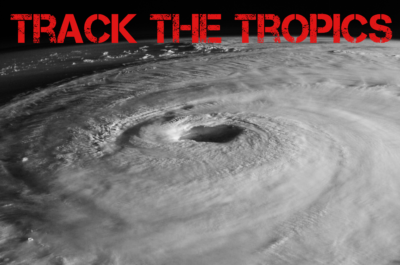
 DONATE
DONATE![[Map of 1950-2017 CONUS Hurricane Strikes]](http://www.nhc.noaa.gov/climo/images/conus_strikes_sm.jpg)
